The Warwick State Training School for Boys, near Chester, New York, opened in 1914 as the New York City Farm, a rehabilitation center for alcohol and drug dependent men. It then became the State Training School for Boys in 1933, focused on the rehabilitation of young men, and then as the Mid-Orange Correctional Facility in 1977. It closed in 2011.
History
The land that became the state training school and the correctional facility was originally acquired by Captain John Wisner, Sr. on September 8, 1766. 1 By 1903, the property had passed to Thomas Durland and was known as the Wisner-Durland Farm.
In 1912, the New York City purchased the Durland Farm for $75,000 for the establishment of the New York City Farm to serve as a “colony” for men addicted to alcohol. 2 18 The project, operated by the New York City Board of Inebriety, was one of the nation’s first treatment centers for alcoholism. 1 It was hastily put together, as the state had passed a new anti-drug law that overcrowded hospitals with drug addicts. 18 The state erected a tent colony, comprised of ten tents that held ten men each, for a total of 100 residents. The colony was divided by a distance of a ¾ mile, intended to separate alcoholic inebriates from drug addicts.
By mid-1914, over 60 patients had been treated at the Farm. 20 It was not until May 1915 that the complex was formally dedicated, which still consisted of mostly tents, although permanent structures were being hastily put together. 18
The Farm was the site of emerging treatment programs for alcohol and drug dependent inmates, developed by the facility’s medical director, Dr. Charles Stokes, former Surgeon General of the United States. 2 But following disappointing results, the New York City Farm was discontinued by the fall of 1918.
That November, Congress passed the Wartime Prohibition Act, a temporary measure that was intended to protect the nation’s grain reserves for the war effort. 2 It had been passed after Armistice Day and was set to take effect in mid-1919. But by the fall, the Prohibition Act was passed, which made the sale of alcoholic drinks illegal. Shortly after, the New York City Farm was permanently closed.
New York State Training School for Boys
The Farm reopened in the spring of 1920 with a focus on drug-addicted men under the watch of the New York City Department of Correction. 2 In 1929, the State of New York’s Department of Social Welfare took over operations of the Farm, rebranding it as the New York State Training School for Boys. 3 By 1931, it boasted 103 males. 17
Construction on a new $2.3 million Training School 15 began after acting Governor Herbert Lehman laid the cornerstone of the Administration Building on May 19, 1932. 17 It included the construction of 16 cottages, where the boys lived on the first floor in individual rooms while the supervisor and his wife lived on the second floor. 15 16 Work also included building a school, a hospital, clinics, an outdoor theater, an auditorium, an interfaith chapel, a gymnasium, and sports fields.
The public was given a tour of the new campus on February 20, 1933, when the auditorium opened. 13 The remainder of the facility was dedicated on October 15, 1933. 3 14 16
My dear Commissioner Adie:
I am delighted to know that the official opening of the State Training School for Boys at Warwick is to be held next Sunday afternoon. You have known of my long-time interest in these boys and of my firm belief that with the assistance of the State we can give them opportunity to become fine citizens. The first year of my Governorship I was greatly distressed by the physical conditions which made the old school on Randall’s Island so impossibly out of date. It was therefore a great satisfaction to me to assist in the estalibhment of this splendid new school at Warwick. Under these modern surroundings the state has a great opportunity to prove that our thesis is the right one. I wish much that I myself could be present at the opening.
I hope that you will give all of my old friends my warm regards.
Very sincerely yours,
Franklin D. Roosevelt 21
The Training School had a focus on removing at most 500 juvenile males below the age of 16 housed at Randall’s Island and relocating them to an environment far removed from violence, gangs, and poverty where they could be rehabilitated. 14 16 The internees could take courses in vocational skills, which included printing, shoe repair, mending, upholstery, and barbering, receive a full education, work on the farm, and swim and fish in the adjoining Wickham Lake. 3 16 21
Additionally, the Society of Illustrators sponsored art classes each Saturday afternoon. 21 Two artists, members of the Society, visited the school to instruct how to use watercolor, oil, pastel, pen, and ink mediums. At the end of each school year, an exhibition of student works was held in the clubhouse.
The institution boasted a staff of psychiatrists and physicians from the Columbia-Presbyterian Medical Center who conducted clinics. 14 In the Medical Building, 20 specialists studied inmates to determine how physical, emotional, and social defects contributed to a crime, and how those determining factors could be corrected.
The state training school was one of three. Others included the New York State Training School for Girls in Hudson and the Otisville State Training School for Boys.
First Lady Eleanor Roosevelt visited the Training School in June 1945 and after seeing the condition of the boys, expressed concern that those in authority showed very little love and understanding of the boys. 20
By the 1970s, the profile of the Training School had radically changed. 3 No longer was the school isolated, with violent, repeat offenders youth increasingly dominating the roster, and escapes were frequent.
In 1971, the Training School was transferred from Social Services to the Division for Youth as part of a movement away from traditional institutional programs. 19 The reform school movement quickly fell out of favor and the state closed the Training School in 1976.
Mid-Orange Correctional Facility
The Training School reopened on June 29, 1977, as the state-operated Mid-Orange Correctional Facility. 4 19 The property was enclosed by a security fence, and new buildings were constructed for the prison. The site was divided into four sections: 19
- The main area, containing the cottages, vocational classrooms, the power plant, the School Building, and the combination gymnasium and auditorium
- The honor section in the former hospital and quarantine units
- The staff residential group, containing the Superintendent’s house, the Manor House (divided into apartments), apartments in a U-shaped building, and the Administration Building (converted from a staff dining room)
- The farm group, which held the barns, greenhouses, a chicken house, a milk house, and storage
The prison had a capacity of 400 but this was soon overwhelmed because of the national war on drugs. 19 Capacity was increased to over 1,000 by double-bunking, placing inmates in the cottage apartments for the supervisors, and by adding bunks in the gymnasium. After several prisons were built elsewhere was Mid-Orange able to reduce its census down to 750 inmates.
The prison was the site of several innovative programs in an effort to rehabilitate the inmates. “Puppies Behind Bars,” in which inmates raised puppies to become guide dogs for those with special needs, was started in the summer of 2002. 4 Corcraft (Correctional Industries) modular housing shop was started in 1985, employing 40 to 45 men. 19 It was the first commercial carpentry shop for a prison and was developed to produce Family Reunion Program units. It soon expanded to construct modular building units for public buildings, such as offices, libraries, and hospitality units, along the eastern seaboard.
Since the turn of the 21st century, the state’s prison population declined by 22%, from a high of 71,600 offenders in 1999 to 56,000 by 2011 as a result of a significant drop in crime. 23 On June 30, 2011, Governor Cuomo announced that Mid-Orange would be closed as part of the state’s reorganization of the state’s prisons. 1 The state sought to reduce the number of available beds by 3,800 as a way to save $184 million over the following two years 22 close inefficient and aging facilities.
Reuse
The county approved of redeveloping Mid-Orange into a light manufacturing and office park. 6 SUNY Orange at Middletown expressed interest in reusing some buildings for vocational education, while a QRT Green Energy Enterprises submitted a letter of intent to construct solar photovoltaic cells on the site. 9
The state transferred ownership of the closed prison to the Warwick Valley Local Development Corporation (WVLDC) and the Town of Warwick on March 6, 2014. 5 The WVLDC paid $3.5 million for a 150-acre parcel, which included the shuttered buildings, for the proposed Warwick Valley Office and Technology Corporate Park. The remainder of the land, 580 acres, was sold to the town for $1, which would remain vacant and used for recreational and land preservation purposes.
- Beautiful People: The WVLDC considered a proposal to allow Beautiful People, a local non-profit that provided adaptive sports opportunities for disabled children, to renovate the former prison ballfield into three ballfields with safe-surface diamonds. 8 In June 2014, it authorized the construction of two additional ballfields, one of which would include the county’s only rubberized safe-surface field. The fields allowed the Orange County affiliate of the Miracle League, a national baseball league with 200 chapters for children with disabilities, to operate on their own fields.
- Citivia Medical: Citiva Medical, one of ten state-licensed medical cannabis producers, acquired 8½ acres of land from WVLDC for $526,000 on May 22, 2018. 10 11 The company proposed the construction of a 20,000 square-foot office and processing building and a 20,000 square-foot growing area in its first phase, followed by an additional 40,000 square feet of growing space in later phases. The facility will initially employ 15 to 20 full-time workers and produce 4,500 pounds of crop annually. 11 After the cannabis is processed, the medicine is slated for transport to dispensaries in Brooklyn, Staten Island, Dutchess, and Chemung counties.
- Pine Island Brewing Company: The Pine Island Brewing Company unveiled plans for a $2.7 million brewery in the former Administration Building in August 2018. 12 The 14,350 square-foot brewery, tentatively called Warwick Terroir, would include a first-floor tasting room and pizza oven, a second-floor wedding and event space, a cellar with a barrel-aging room, a warehouse, and a distribution center. An outdoor beer garden and the festival area would include patio space and seating for 100, and gas-powered fire pits. It would include a 60-foot bar, 23 taps, a brewing area to create up to 5,000 barrels per year, and a 35-can-per minute production line.
- Star Kay White: Star Kay White proposed the construction of a new 180,000 square-foot factory to produce flavors for the food and beverage industries. 7 The company initially believed that the project could be finished for $20 million, but engineering studies concluded that it would cost at least $40 million to complete, which led Star Kay White to back out of the project in January 2017.
- Yard Sports Village: The Warwick Yard LLC acquired 36 acres from WVLDC in 2014 24 for $1.75 million with the idea of converting a portion of the former prison into the Yard Sports Village, an indoor and outdoor sports complex. 7 24 The Yard Sports Village opened in 2005 and included two heated indoor turf fields, two outdoor turf fields, and a domed turf field. 7 24 In 2015 and 2016 alone, it hosted nearly 500 teams for sports tournaments. 24 The company continued to operate after it filed for Chapter 11 bankruptcy on June 28, 2017, but it was forced to liquidate on December 14 over insufficient revenue. 7 The former Yard Sports Village property was listed for sale in April 2018. 7
Gallery
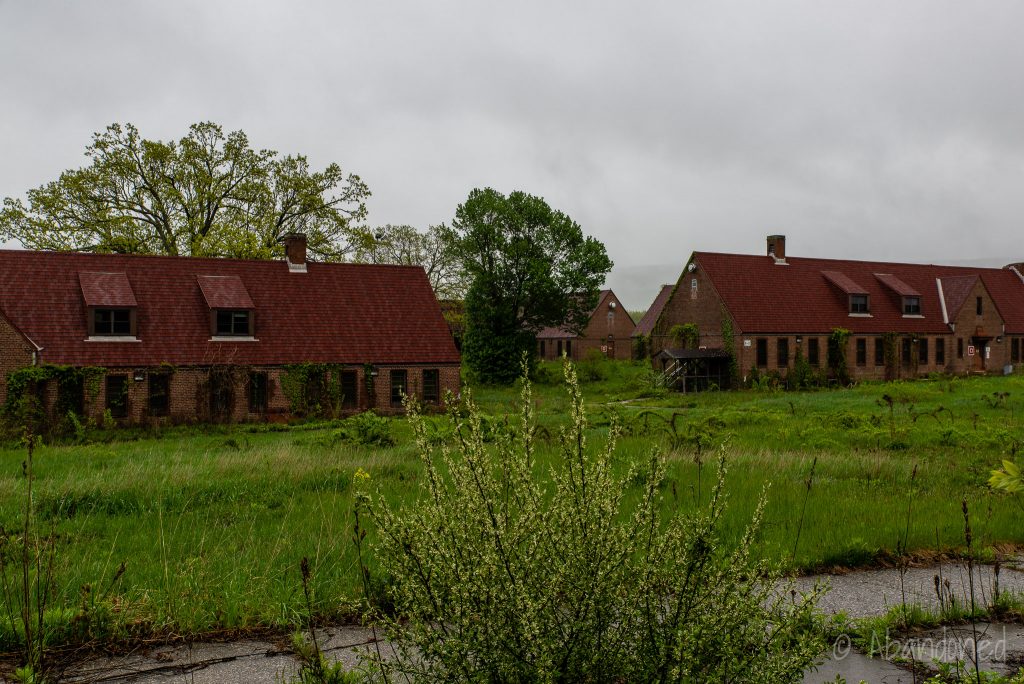
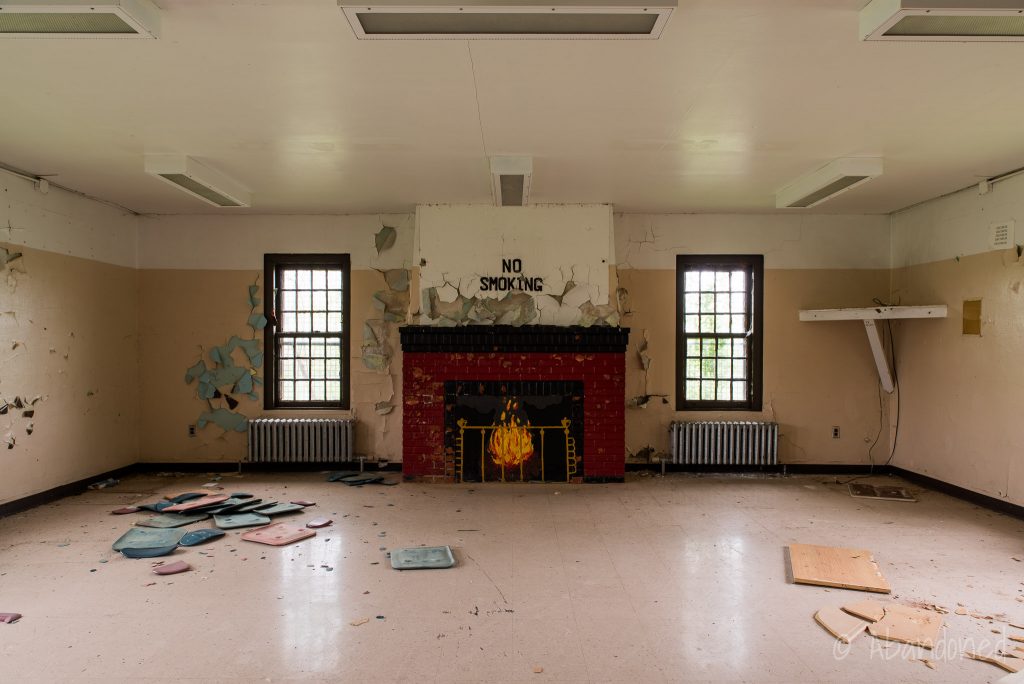
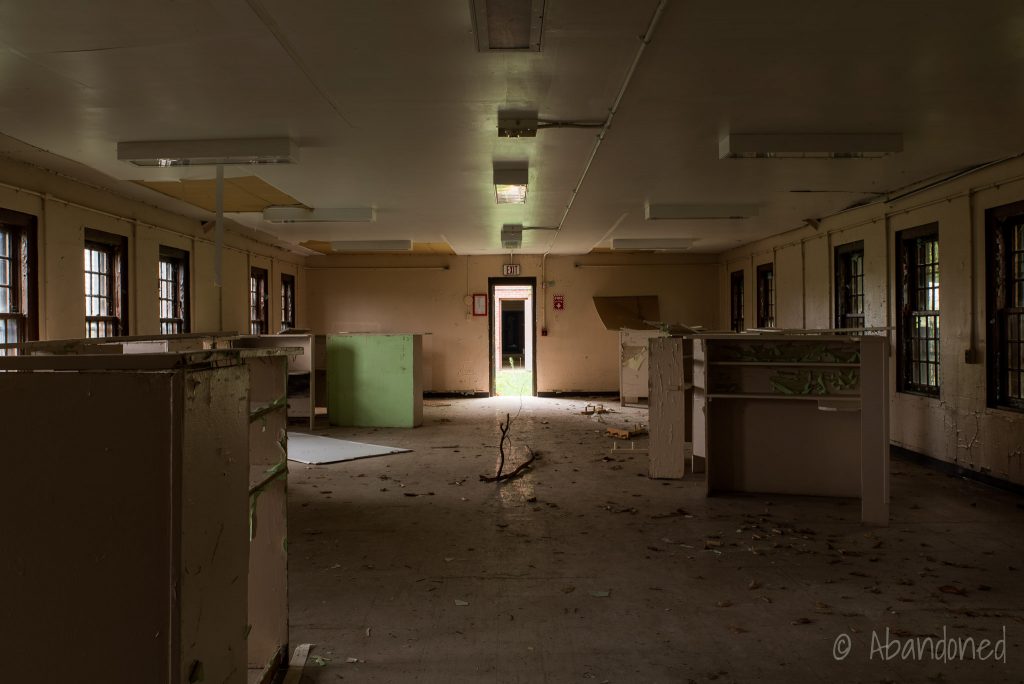


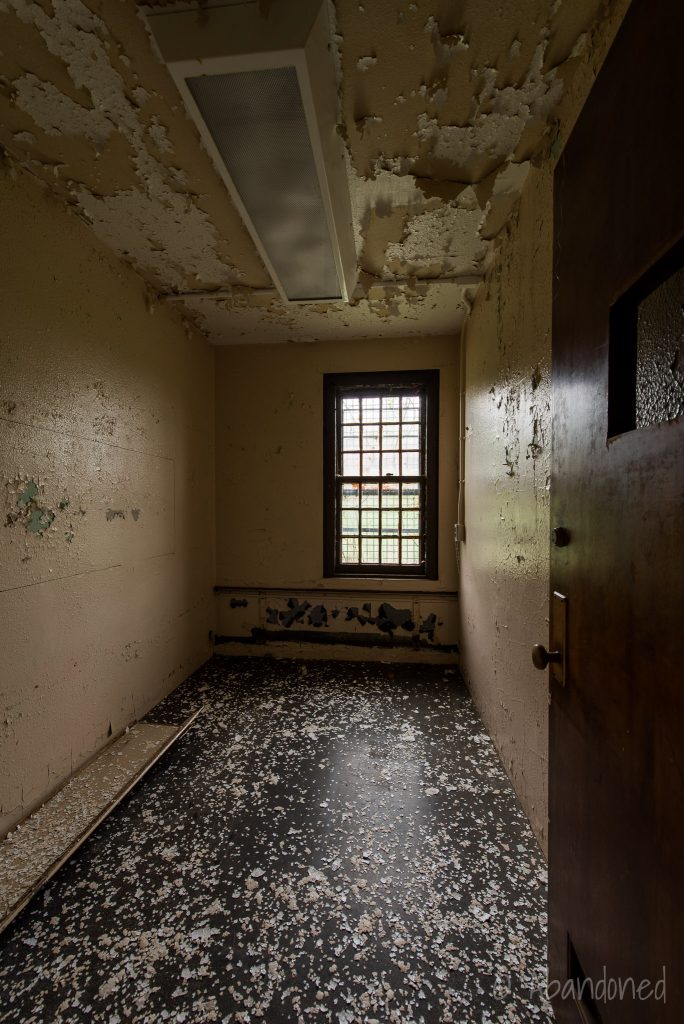

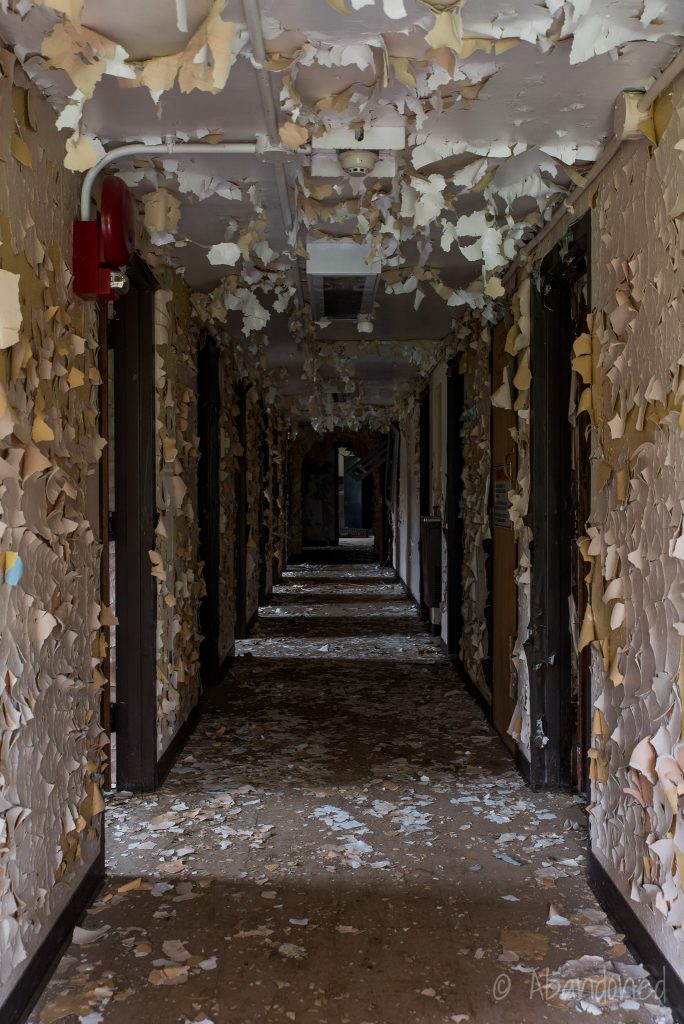



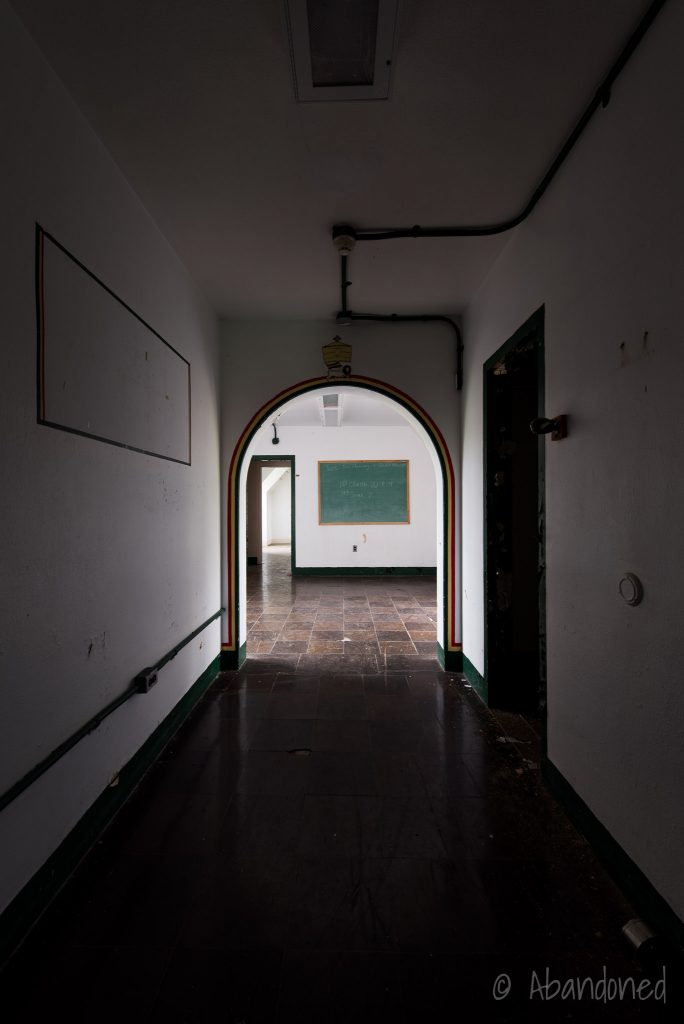
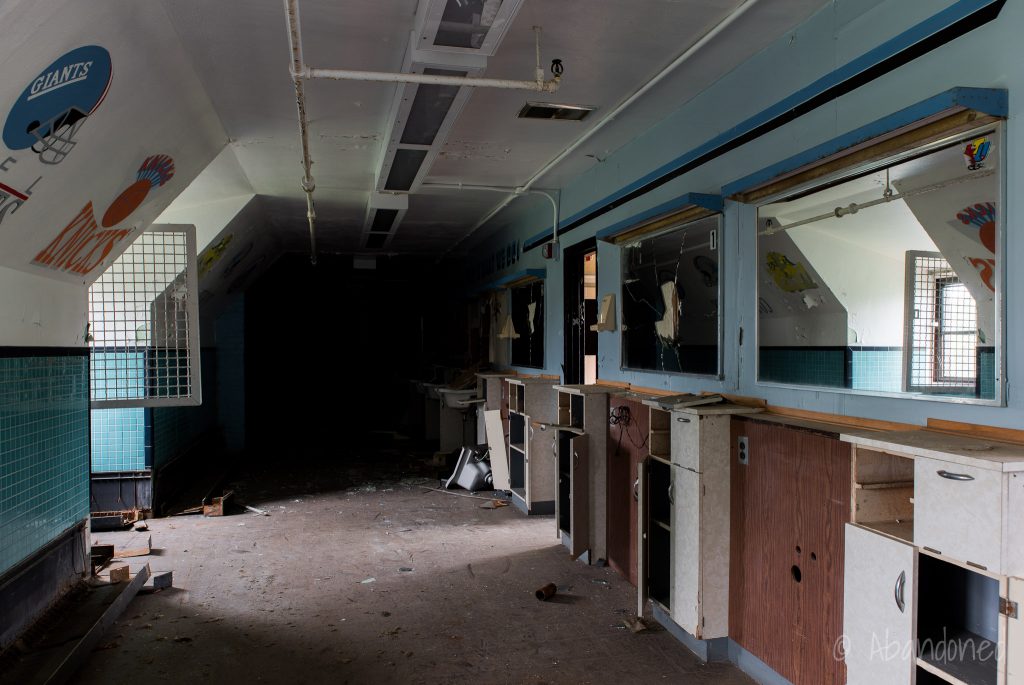

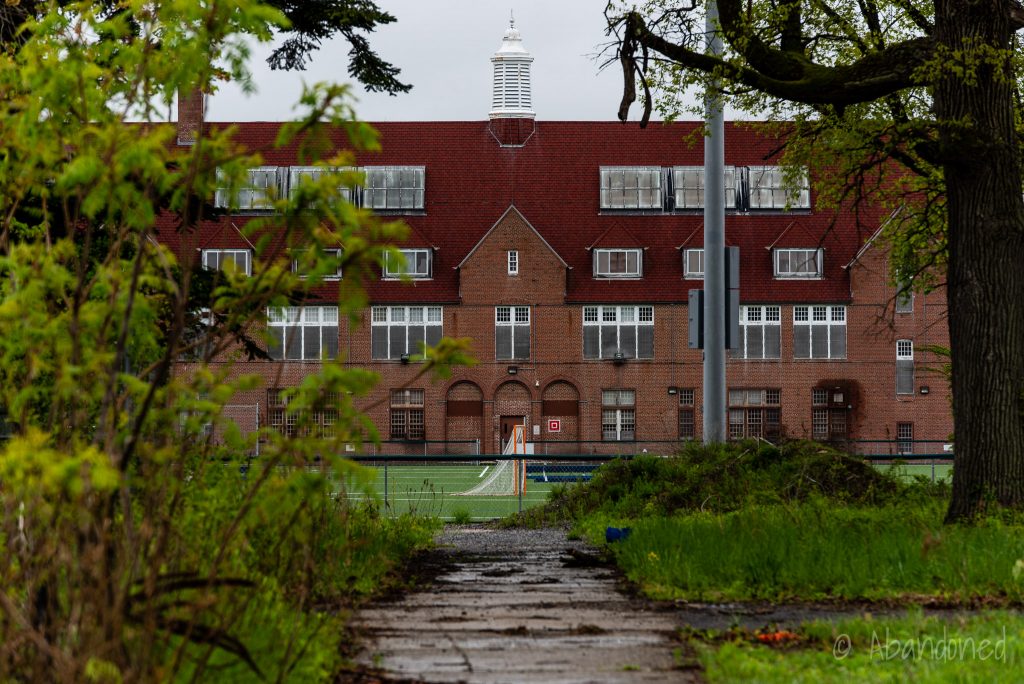



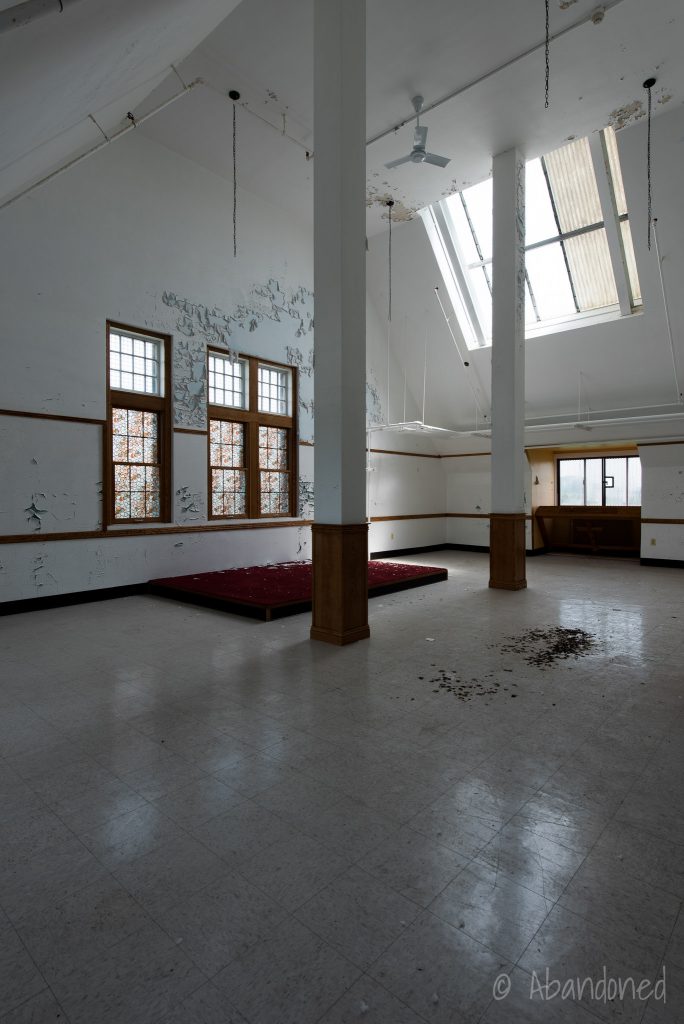
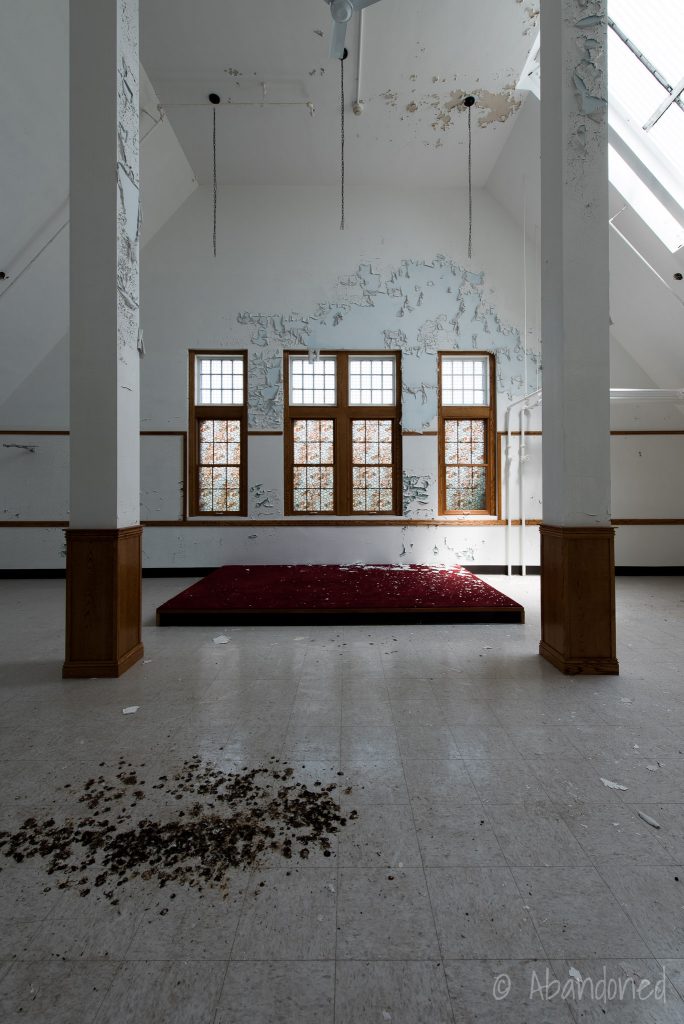



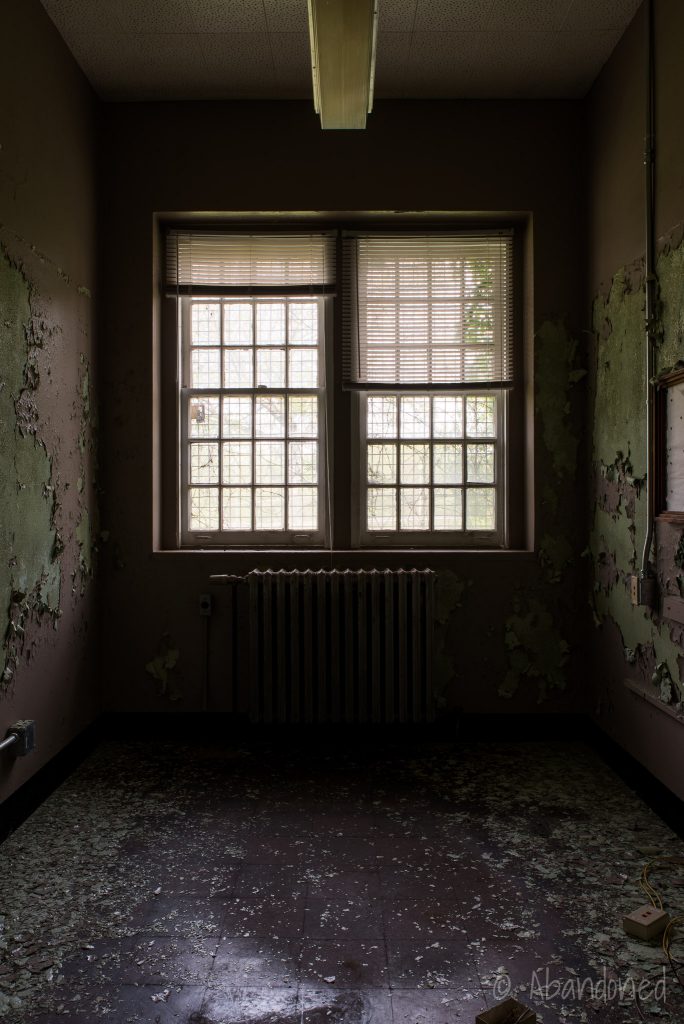

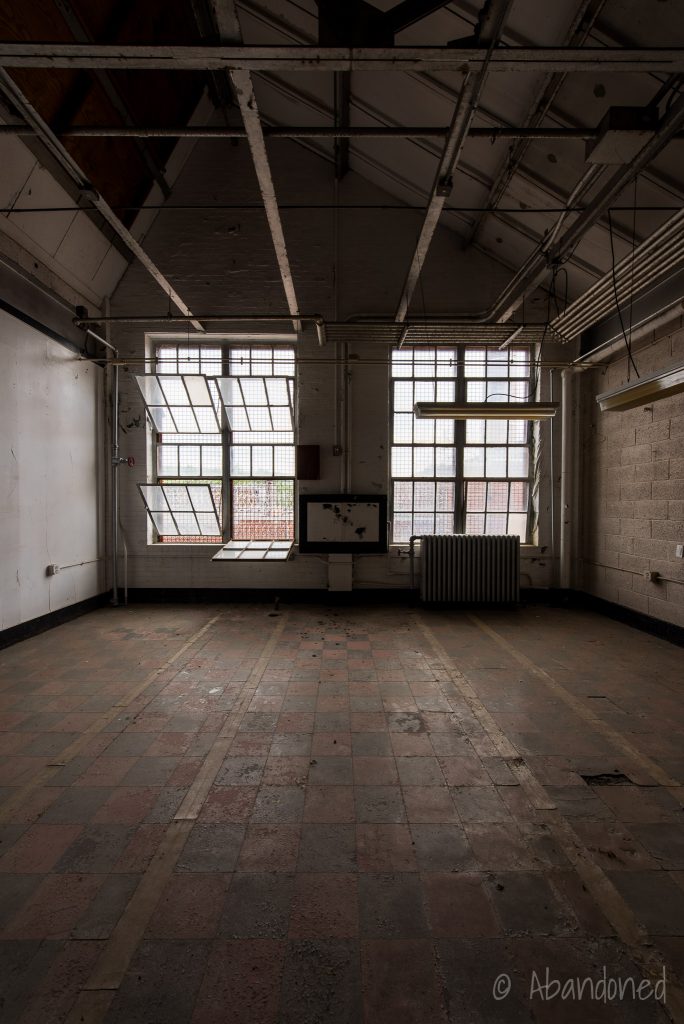

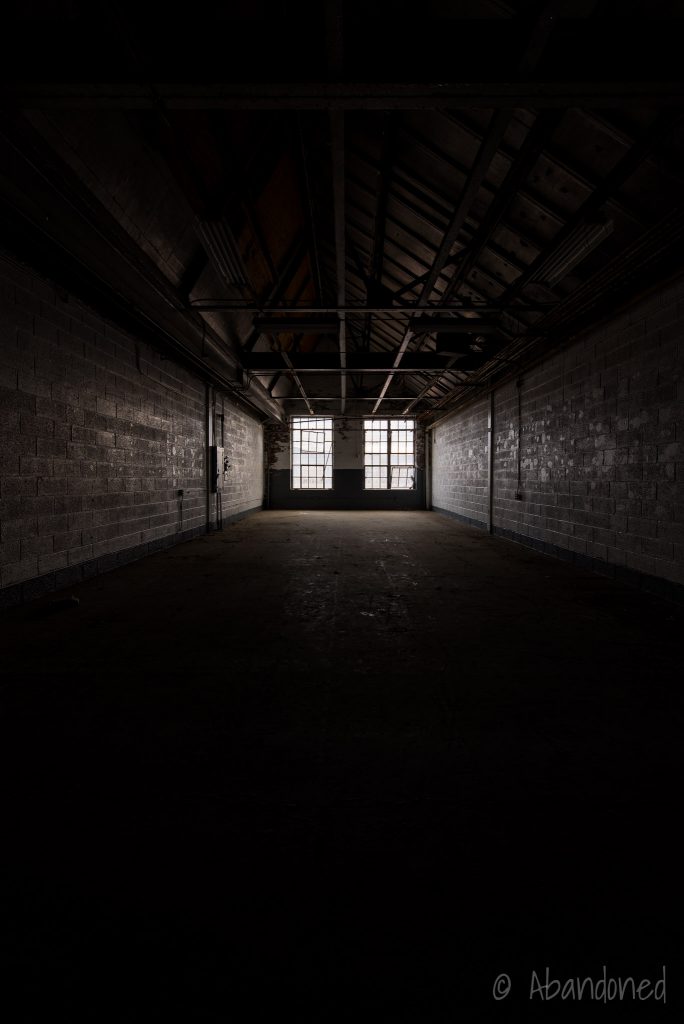


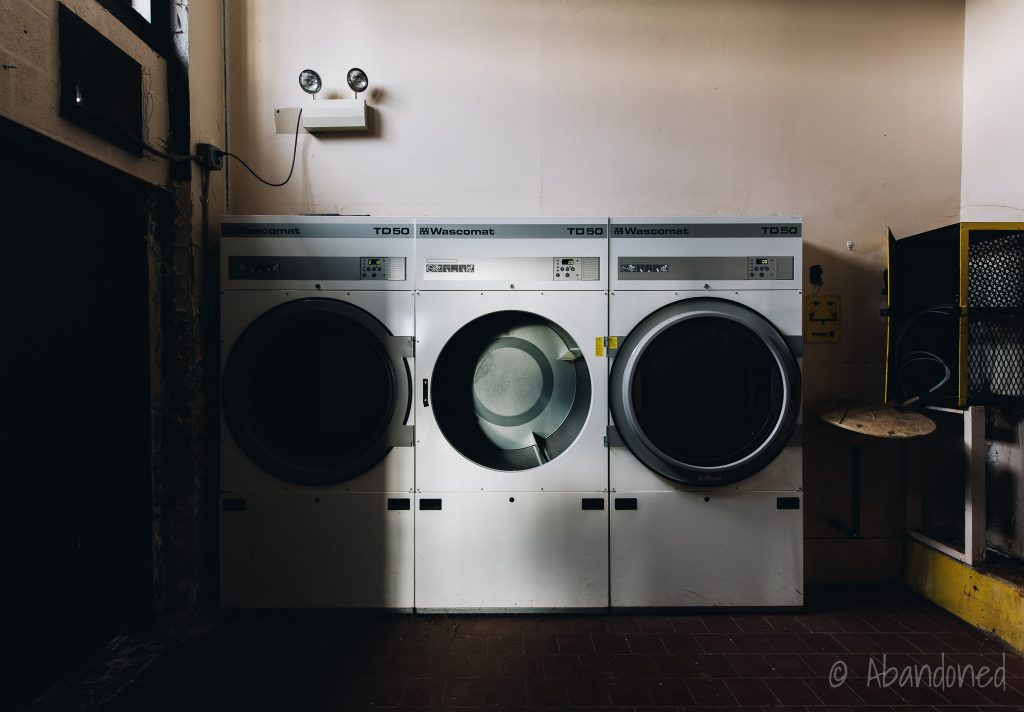
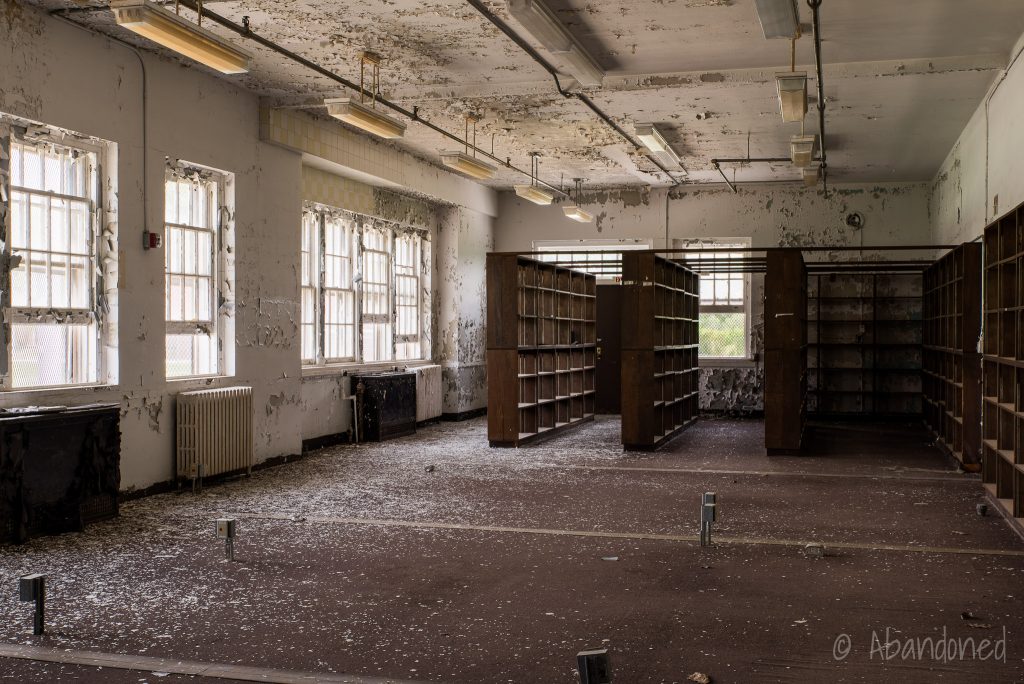

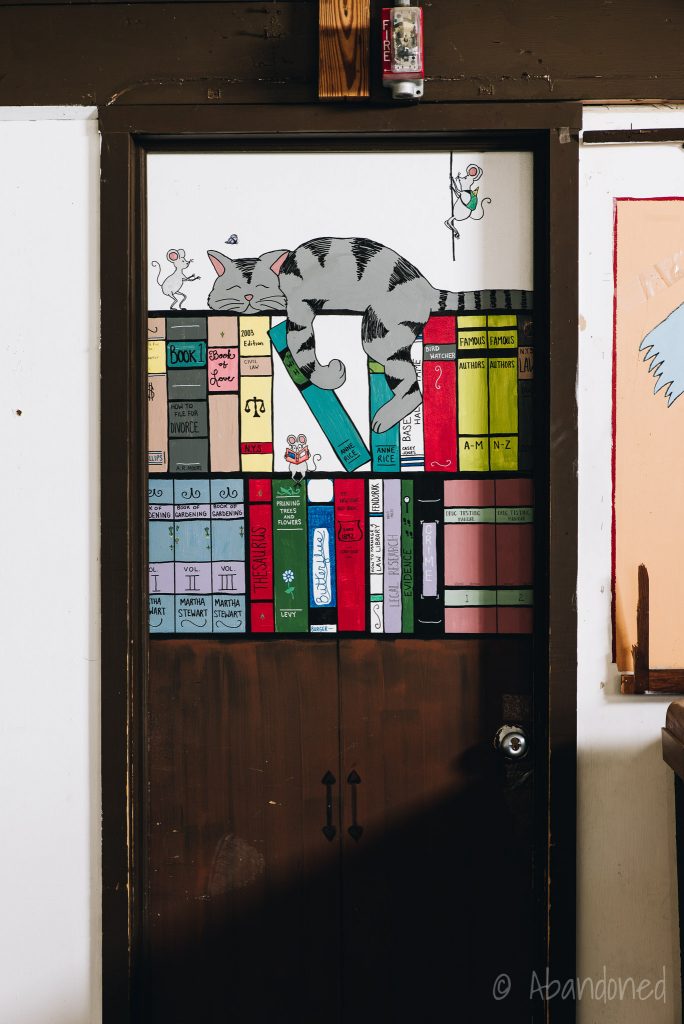

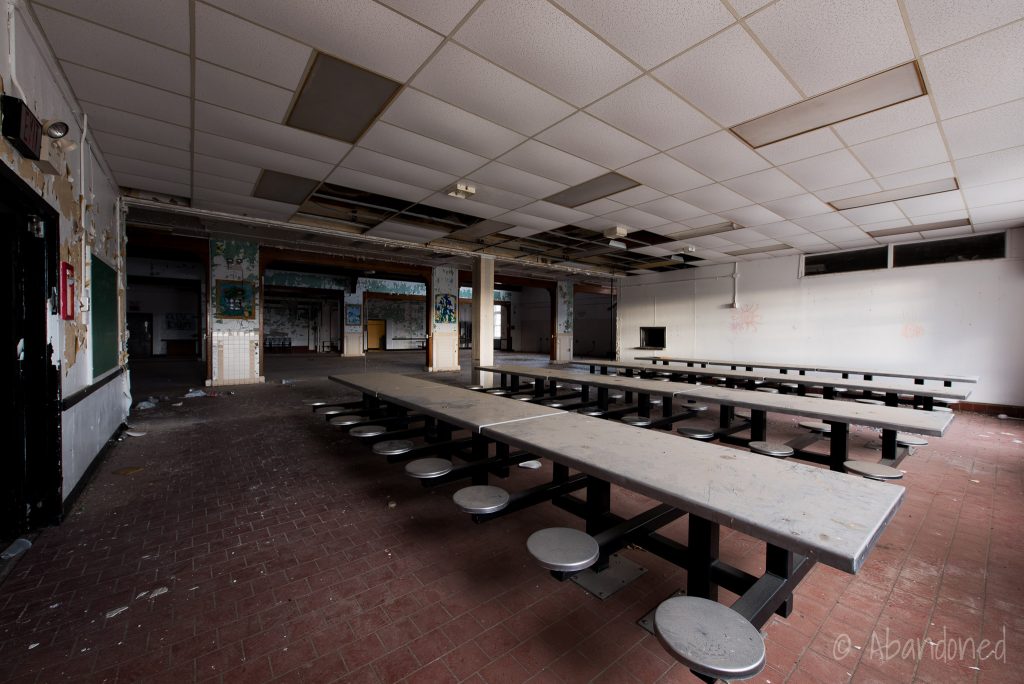
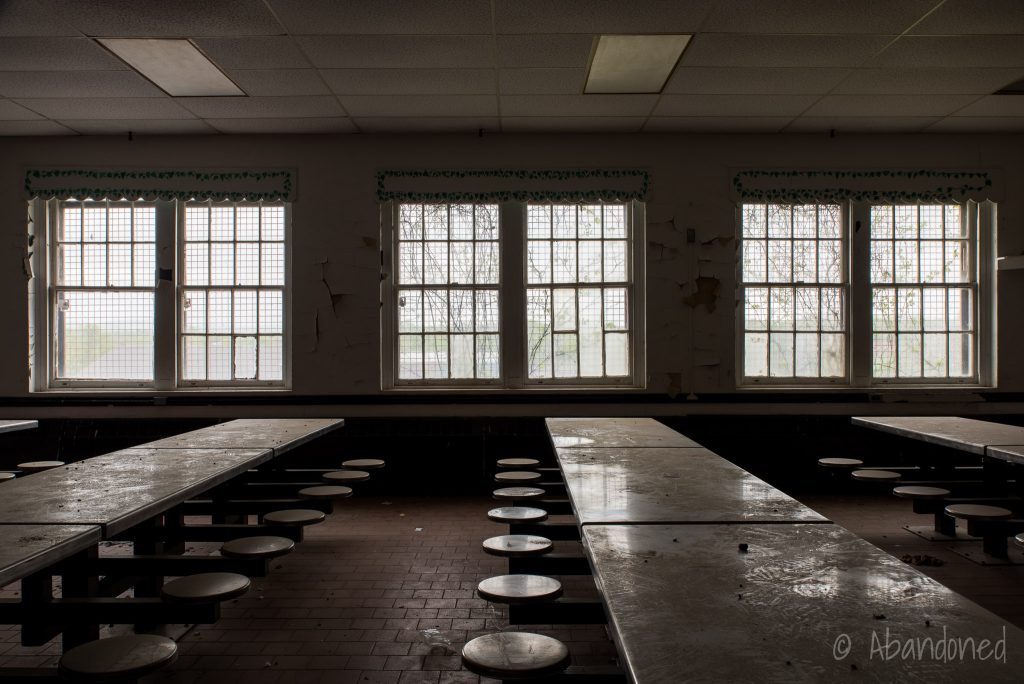


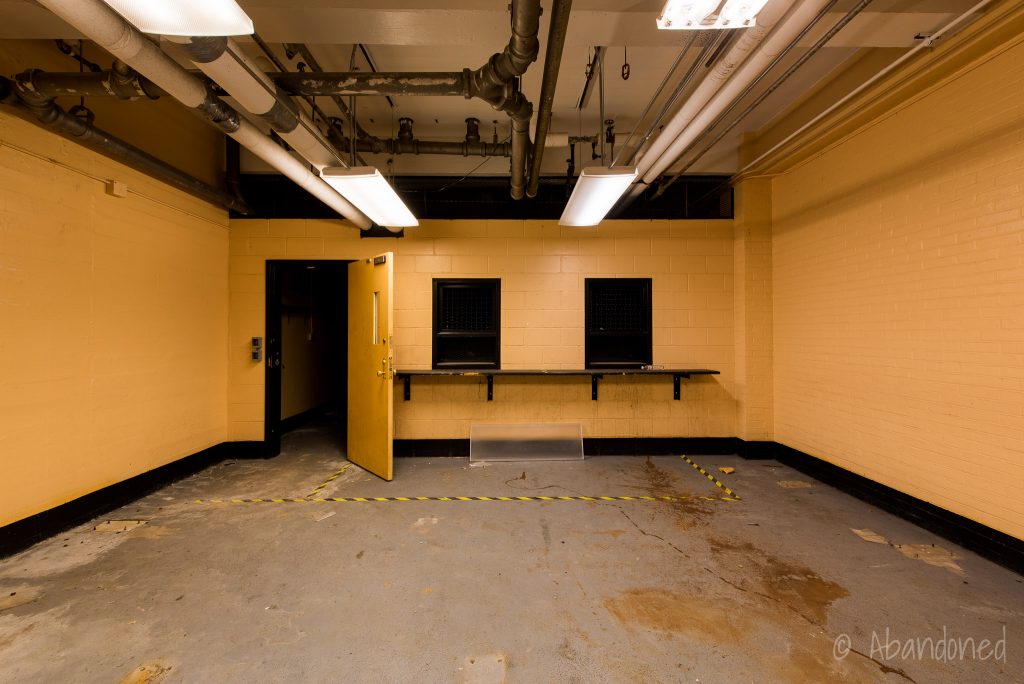
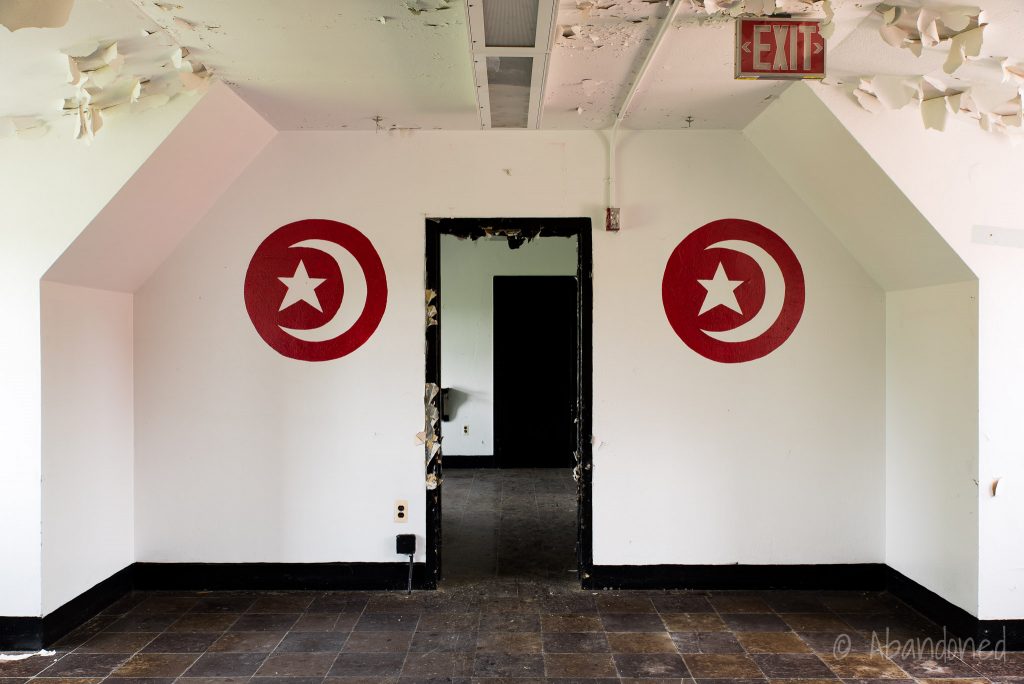


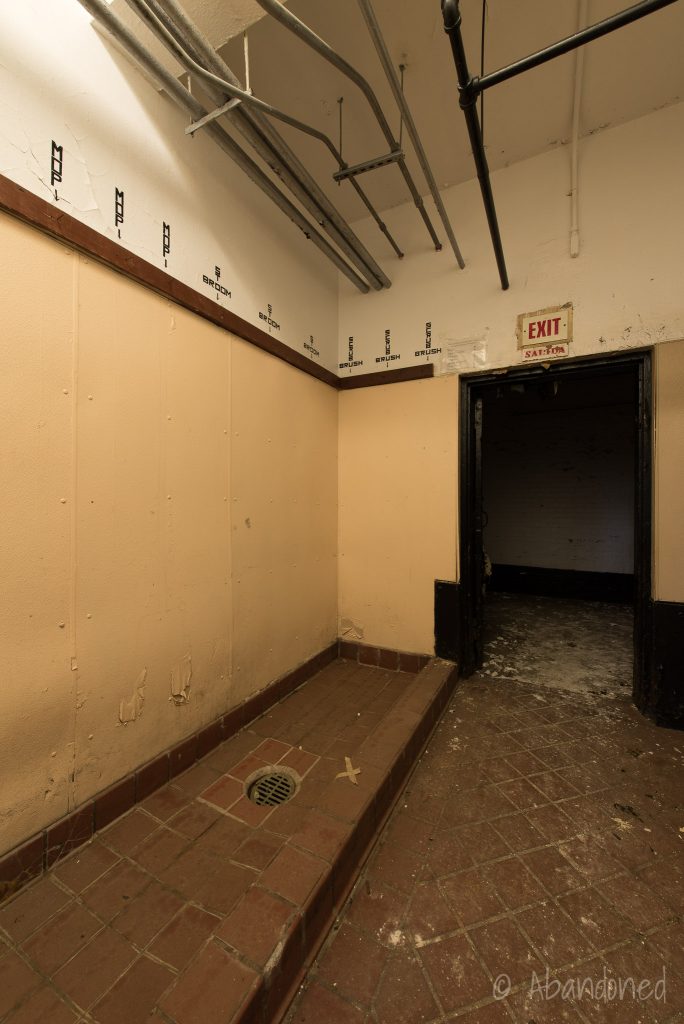

Share
Sources
- Gardner, S. “The Wisner & Durland Farms at Wickham Lake.” Albert Wisner Public Library, 2011, article.
- Gardner, S. “The New York City Farm.” Albert Wisner Public Library, 2011, article.
- Gardner, S. “The New York State Training School for Boys.” Albert Wisner Public Library, 2011, article.
- Gardner, S. “History of the Mid-Orange Correctional Facility.” Albert Wisner Public Library, 2011, article.
- Gavan, Roger. “Now the work begins.” Warwick Advertiser, 12 Mar. 2014.”
- “Mid-Orange Correctional Facility property being sold to town of Warwick.” Daily Freeman, 12 Nov. 2013.
- Bayne, Richard J. “Warwick sports facility up for sale.” Times Herald-Record, 3 Apr. 2018.
- Haughey, John. “Miracle League seeks ‘place of their own’.” Warwick Advertiser, 19 Jun. 2014.
- Bogler, Birgit. “Prison property has distinct possibilities.” Warwick Advertiser, 4 Apr. 2012.
- Gavan, Roger. “Citiva Medical purchases property at former Mid-Orange Correctional facility to grow medical marijuana.” Warwick Advertiser, 25 May 2018.
- Axelrod, Daniel. “Medical pot plant set for former prison site in Warwick.” Times Herald-Record, 22 May 2018.
- Axelrod, Daniel. “$2.7M brewery pitched for ex-prison site in Warwick.” Times Herald-Record, 13 Aug. 2018.
- “Public May Inspect the Training School.” Middletown Times-Herald, 14 Feb. 1933, p. 12.
- “Gov. Lehman Not Expected at Dedication.” Middletown Times-Herald, 14 Oct. 1933, p. 6.
- “Traffic Rules for Cars Streaming Daily to and from New State School.” Middletown Times-Herald, 3 Dec. 1931, p. 1-5.
- “Warwick School, Opening Formally Today, Seeks the Deep Causes of Delinquency.” New York Times, 15 Oct. 1933.
- “Lehman Lays Stone at Training School.” New York Times, 20 May 1932, p. 21.
- “New York City’s Farm for Inebriated.” The Sun [New York], 9 May 1915, p. 4.
- “Mid-Orange.” Correction History New York Society, Aug. 2001.
- Naples, Tom. “What’s Next for Mid-Orange Correctional Facility?” Thomas Naples, 13 Jul. 2011.
- “The Warwick Story.” Daily Record [Middletown], 1957.
- “New York to shut down 7 prisons in two years.” Star-Gazette [Elmira], 1 Jul. 2011, pp. 1A-6A.
- Spector, Joseph. “Cuomo to close 7 prisons.” Ithaca Journal, 1 Jul. 2011, p. 5A.
- Rogers, Kate. “Transforming a prison into a profitable athletic facility.” CNBC, 15 Mar. 2016, article.


















































5 Comments
Add Yours →I grew up being at the Warwick State Training School for boys because my grandparents were cottage parents living in an apt above the boys. Their apt overlooked the dining hall. 1971-1976.
So it was once used to help drug addiction & alcoholics. Back in 1914 thing is now breweries seem to be taking over part of the building. I find it strange that this old building once helped alcoholics. Is now going to become part of a brewery. WOW MONEY SURE DOES TALK. WHILE BULLSHIT STILL TAKES A WALK.
It must be a horror if you find yourself gifted and no way out! I sort of relate. Not many people will want my high end either!
this is all creppy but back then was rich a killer.
[…] Warwick State Training School for Boys, in upstate New York, opened in 1914 as the New York City Farm, a rehabilitation center for alcohol […]